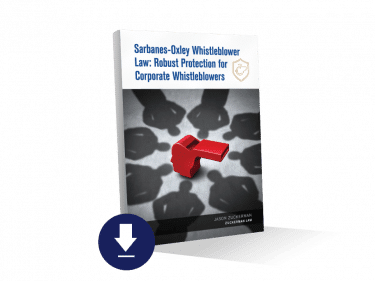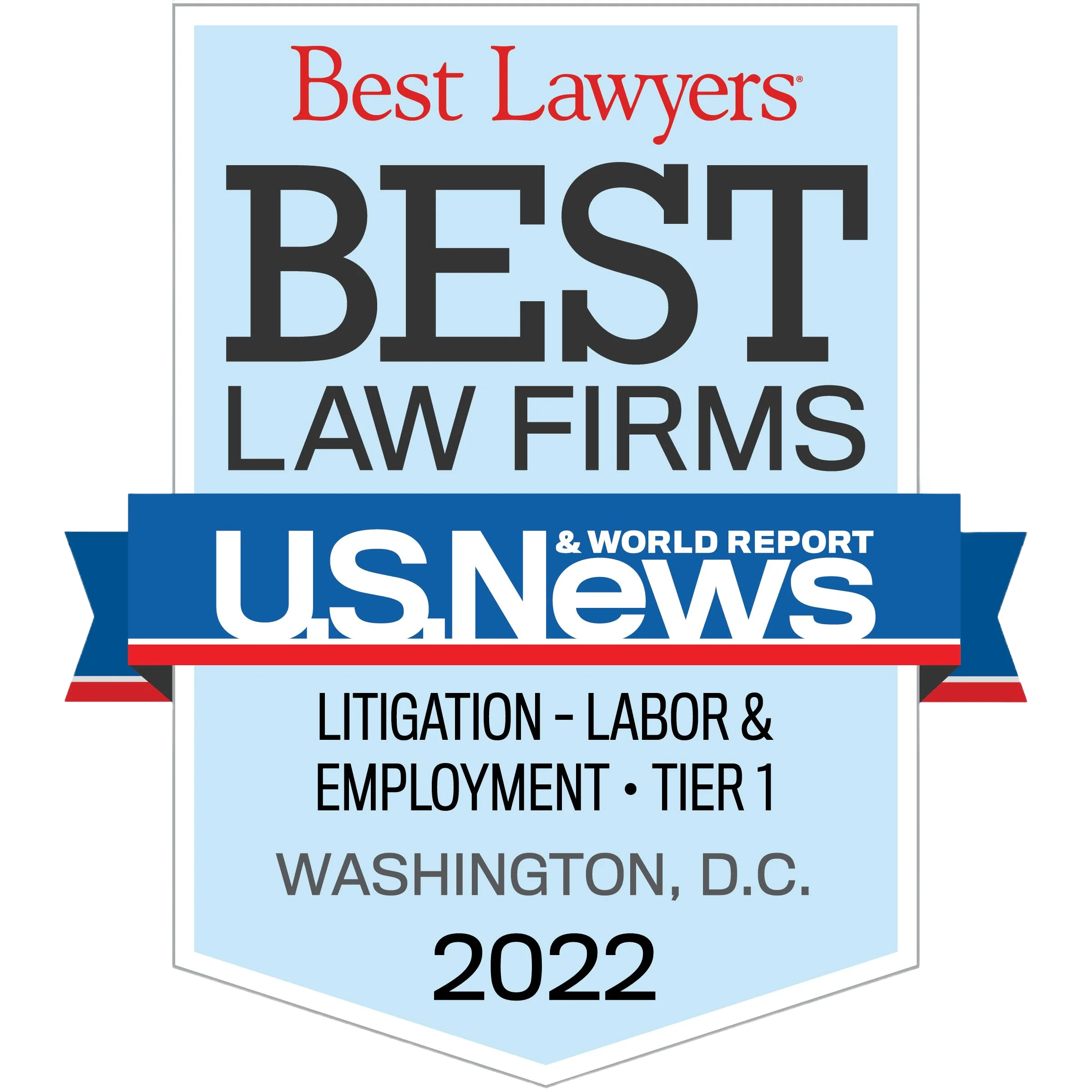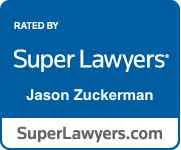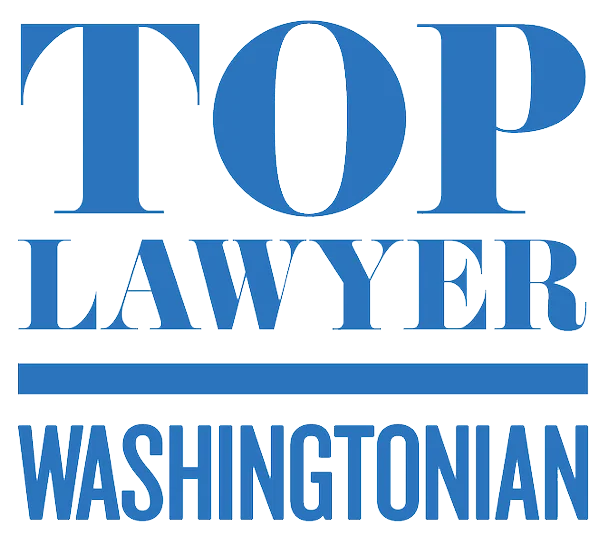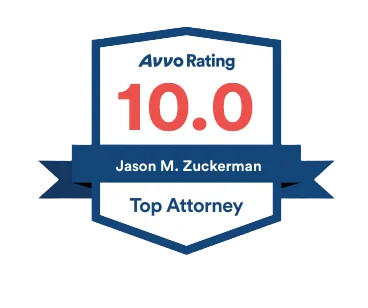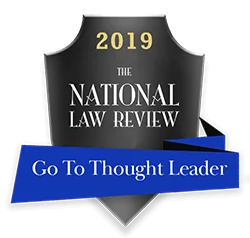A recent decision from the U.S. District Court for the Southern District of New York clarifies the broad scope of protected whistleblowing under the Sarbanes-Oxley Act (“SOX”). In Murray v. UBS Securities, LLC, the court held that:
- To be protected under SOX, an employee-whistleblower need only prove that he or she “reasonably believed” that his or her employer violated a federal securities law contemplated by SOX § 806. Murray v. UBS Sec., LLC, No. 14 Civ. 927 (KPF), slip op. at 23 (S.D.N.Y. Apr. 25, 2017). The employee need not identify any specific violation,
- An employee who reasonably believes that a federal-law violation is imminent will be protected by SOX if he or she reports the violation before it actually occurs.
Murray is represented by Amy Shulman and Robert B. Stulberg at Broach & Stulberg, LLP.
Background
Trevor Murray was a commercial-mortgage-backed-securities (“CMBS”) strategist for UBS Securities LLC (“UBS”) from May 31, 2011, until February 6, 2012. In that capacity, he routinely wrote research articles about the CMBS market. Securities and Exchange Commission (“SEC”) regulations required that Mr. Murray certify the accuracy and independence of each of his research reports. Mr. Murray therefore understood that his research “was required to be independently conducted pursuant to SEC Guidelines and UBS compliance training.” Murray v. UBS Sec., LLC, No. 14 Civ. 927 (KPF), slip op. at 4 (S.D.N.Y. Apr. 25, 2017). Mr. Murray says that during his eight months with UBS, senior administrators of the non-research arm of CMBS, dedicated mainly to origination, trading, and sales (“CMBS Business”), repeatedly attempted to “skew or chill” his independent research analysis when it was unfavorable to their business strategy. Mr. Murray internally reported this interference twice to his supervisor and then was fired. He claims that his firing was in retaliation for his whistleblowing, while UBS says that it was a result of a financial downturn.
Efforts to Control Mr. Murray’s Research Articles
Just a few weeks after Mr. Murray was hired, Kenneth Cohen, head of the U.S. Real Estate Finance Group, which includes CMBS Business, urged Mr. Murray to write a research article that presented “a benign and positive view” of “special servicers” in order to “assuage or sooth[e] investors’ concerns about special servicers.” Id. at 7 (alteration in original). Mr. Murray’s independent view of “special servicers” differed from what he was told to write, so he opted to write nothing.
Several months later, Cohen and David McNamara, head of the CMBS Trading Desk within the U.S. Real Estate Finance Group, ordered Mr. Murray to preclear his supposedly independent articles with them. They emphasized the need “to maintain consistency of message within the CMBS Originations team, the CMBS Trading Desk, and [R]esearch in order to accomplish what we are trying to do here.” Id. at 8 (alteration in original). Each of Mr. Murray’s articles was to undergo multiple reviews by the CMBS Trading Desk for approval of its topics, general subjects, and points of view or opinions. Mr. Murray acquiesced.
Mr. Murray attempted to preclear an article about certain classes of bonds that, in his view, were overvalued or too expensive relative to other classes of bonds. In response, a CMBS trader told Mr. Murray not to write anything negative about those bonds because he had recently purchased some of them. McNamara similarly rejected Mr. Murray’s idea because UBS’s Investment Bank had recently invested in those bonds, and he did not want any negative coverage of them. Seeing no way to publish an independent article on the bonds, Mr. Murray again decided not to write anything.
Toward the end of the year, Mr. Murray published an article entitled “2012 CMBS Outlook,” a one-year projection for the CMBS market that expressed a “bearish and cautious” view of the market. This time, though, Mr. Murray did not seek preclearance because he deemed the article too important to be influenced by CMBS Business. Cohen and McNamara later expressed displeasure with the article’s outlook, which they called “too bearish,” “off message,” and “not really consistent with what we are trying to do around here.” Id. at 10. The article would be difficult to send to clients, McNamara said.
Mr. Murray complained to his supervisor that CMBS Business, his internal client, was interacting with him only to “steer and skew” his research. He informed his supervisor of CMBS Business’s preclearance requirement and his opinion that the situation “was not only unethical but illegal.” Id. at 11. Mr. Murray’s supervisor replied that he should “make sure” not to “alienate his internal client.” Id.
Other attempts to Skew Mr. Murray’s Independent Analyses
While Mr. Murray, Cohen, and McNamara were en route to meet with an institutional investor in late 2011, Cohen admonished Mr. Murray “not to say anything negative” about the product that the investor was interested in. Id.
Early the following year, CMBS Business personnel surreptitiously scheduled several meetings with clients at an industry wide conference. Mr. Murray was excluded from the meetings but attended one nonetheless. At the meeting, a client asked Cohen and McNamara about topics that were discussed in Mr. Murray’s 2012 CMBS Outlook. Cohen stated that the analysis of UBS’s researchers, including Mr. Murray, indicated a benign outlook for those topics. When the client turned to Mr. Murray and said that Cohen’s statements were inconsistent with the 2012 CMBS Outlook, Mr. Murray “openly affirmed the client’s observation, stated that he was a bit more cautious about the topics and directed the investor and other attendees to read [the] 2012 Outlook article.” Id. at 12 (alteration in original).
After the conference, Cohen asked Mr. Murray what he was working on, and then told him “to be sure not to write anything negative about the hotel sector because we’re coming to market with [a securities offering involving a hotel] in a couple of months.” Id.
Shortly thereafter, Mr. Murray requested access to a financial-data service. Cohen granted the request on the condition that CMBS Business also have access “so that we can all stay on ‘message.’” Id. at 13.
At Mr. Murray’s January 2012 performance review with his supervisor, he reiterated his complaints about the preclearance requirement for his research articles and reported that his relationship with CMBS Business had deteriorated. Mr. Murray stated that CMBS Business administrators’ conduct had become an “overall clearer picture of illegal activity,” which “deeply concerned” him. Id. “[J]ust write what the business line want[s],” his supervisor replied. Id. at 14.
UBS fired Mr. Murray the following month.
Mr. Murray’s “Reasonable Belief”
Mr. Murray sued UBS, claiming that it violated SOX § 806, 18 U.S.C. § 1514A, by firing him in retaliation for his internal reports to his supervisor. UBS moved for summary judgment, arguing that Mr. Murray had failed to demonstrate a reasonable belief that the conduct he reported was a violation of federal law.
UBS argued that “the reasonableness of Plaintiff’s belief should be informed by the specific securities rule that he believes was violated—here, SEC Rule 10b-5.” Id. at 21. Mr. Murray’s belief that UBS had violated Rule 10b-5 was unreasonable, UBS continued, because Rule 10b-5 prohibits making certain material misstatements, and Mr. Murray had always avoided publishing skewed research reports. Applying that same logic, UBS argued that Mr. Murray’s belief that UBS had violated the SEC’s certification requirement for research reports was unreasonable—“no false analyst certification occurred because no inaccurate or biased reports were issued.” Id. Moreover, because no shareholders were aware of the alleged pressure on Mr. Murray to skew his independent analysis, UBS argued, Mr. Murray’s belief that UBS had committed shareholder fraud was unreasonable. Finally, UBS argued that Mr. Murray’s failure to identify the specific federal laws that were allegedly violated doomed his claim because his “amorphous” belief in UBS’s violation of policies and procedures to maintain the independence of financial-market analyses was inadequate. Id. at 22.
The court rejected UBS’s arguments because they are unsupported by binding precedent and would lead to “untenable” results that are “wholly at odds with the purpose of § 806.” Id. at 24.
To be protected under SOX, the Second Circuit expressly held in Nielsen v. AECOM Technology Corp., an employee’s report “need not ‘definitively and specifically’ relate to one of the listed categories of fraud or securities violations in § 1514A.” Id. at 22 (quoting Nielsen v. AECOM Tech. Corp., 762 F.3d 214, 224 (2d Cir. 2014)). All that SOX requires an employee to do is prove that he “reasonably believed” that his employer violated federal law. Id. at 23. The focus here is “on the plaintiff’s state of mind rather than on the defendant’s conduct.” Id. (quoting Guyden v. Aetna, Inc., 544 F.3d 376, 384 (2d Cir. 2008), superseded on other grounds by statute).
This rule is informed by the court’s recognition that, because “[m]any employees are unlikely to be trained to recognize legally actionable conduct by their employers,” an employee’s “belief” in his employer’s wrongdoing is “central[]” to the analysis of SOX-protected conduct. Id. at 22 (quoting Nielsen, 762 F.3d at 221 (alterations in original)).
Besides being contrary to law, the court concluded, UBS’s arguments would lead to absurd results. UBS’s position implies that, for employees like Mr. Murray to be protected under SOX, they must “actually capitulate to inappropriate influence, publish seemingly independent research that is in fact inaccurate or biased, and then blow the whistle.” Id. at 24. But since § 806 was “designed to encourage insiders to come forward without fear of retribution,” id. at 24 (quoting Walters v. Deutsche Bank AG, ALJ No. 2008 SOX 70, 2009 WL 6496755, at *9 (Dep’t of Labor Mar. 23, 2009)), “[i]t would frustrate the purpose of Sarbanes-Oxley to require an employee, who knows that a violation is imminent, to wait for the actual violation to occur when an earlier report possibly could have prevented it,” id. (quoting Leshinsky v. Telvent GIT, S.A., 942 F. Supp. 2d 432, 446 (S.D.N.Y. 2013)).
The court concluded that, because Mr. Murray believed that UBS’s efforts to influence his analyses violated federal securities laws and regulations, his belief “did not ‘exist wholly untethered’ from the enumerated provisions in § 806.” Id. at 25 (quoting Nielsen, 762 F.3d at 221 n.6). A rational jury could therefore conclude that Mr. Murray reasonably believed that UBS had committed wrongdoing contemplated by § 806, so the court denied UBS’s motion for summary judgment.
Guide to Sarbanes-Oxley Whistleblower Protection
The whistleblower protection provision of the Sarbanes-Oxley Act provides robust protection to corporate whistleblowers, and indeed some SOX whistleblowers have achieved substantial recoveries. Earlier this year, a former in-house counsel at a biotechnology company recovered $11 million in a SOX whistleblower retaliation case alleging that the company fired him for disclosing violations of the Foreign Corrupt Practices Act.
On the fifteenth anniversary of SOX, leading whistleblower law firm Zuckerman Law released a free guide to the SOX whistleblower protection law: “Sarbanes-Oxley Whistleblower Protection: Robust Protection for Corporate Whistleblowers.” The guide summarizes SOX whistleblower protections and offers concrete tips for corporate whistleblowers based on lessons learned during years of litigating SOX whistleblower cases.
The goal of the guide is to arm corporate whistleblowers with the knowledge to effectively combat whistleblower retaliation, avoid the pitfalls that can weaken a SOX whistleblower case, and formulate an effective strategy to obtain the maximum recovery.


